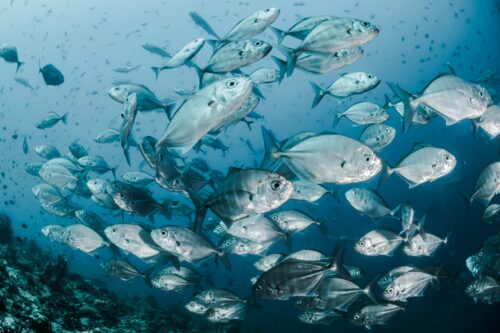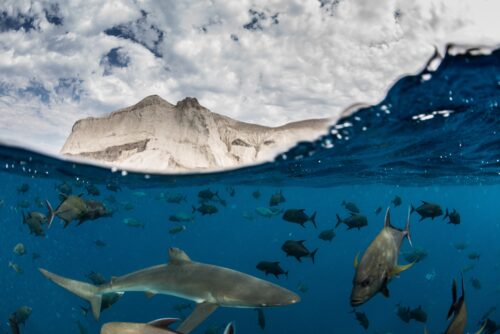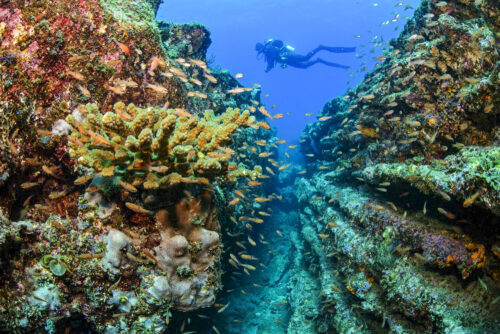
Understanding MPAs
A globally recognised tool for reviving entire ocean ecosystems and creating thriving conservation economies.
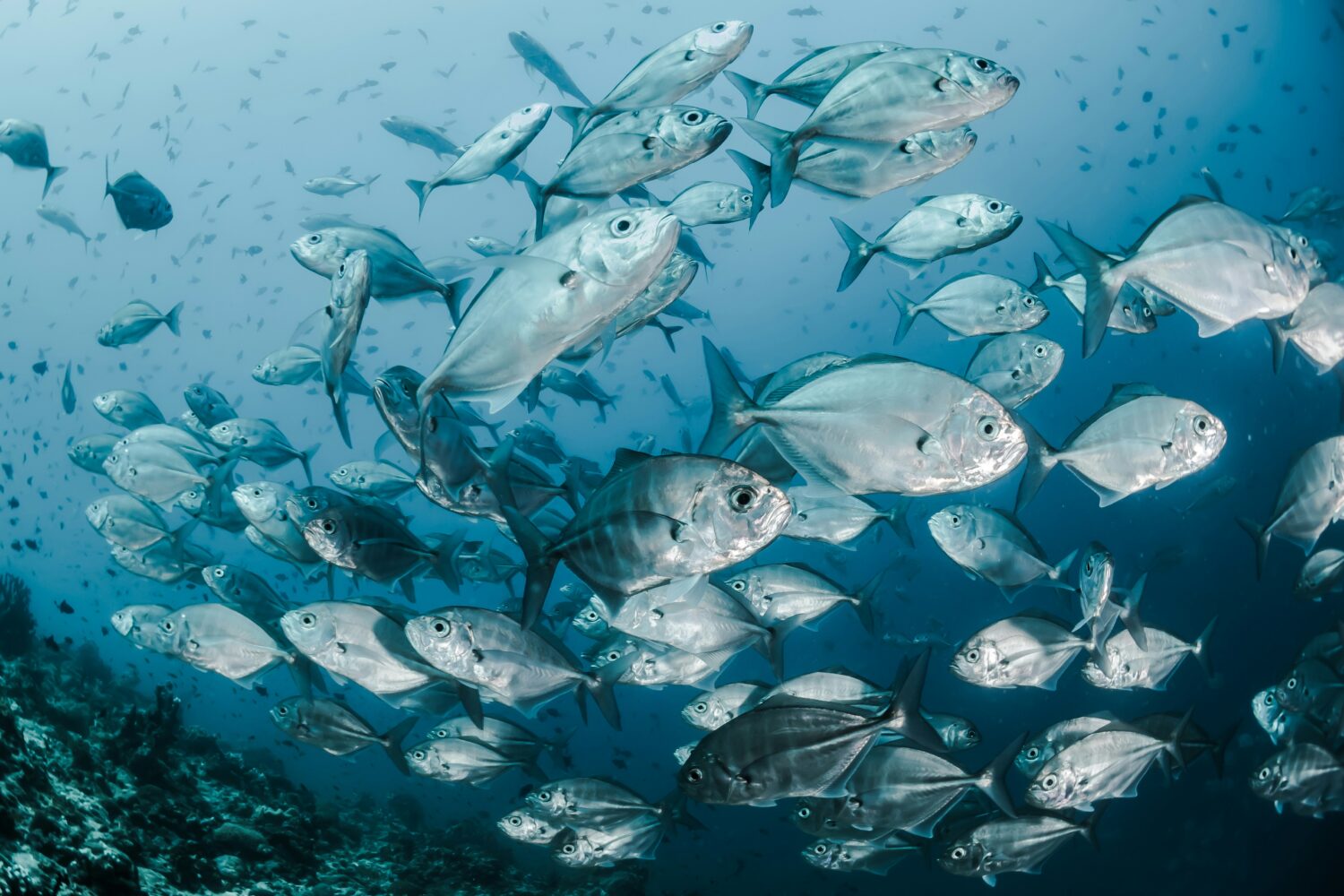
MARINE PROTECTED AREAS (MPAs)
Highly Protected MPAs: A Proven Solution
Our ocean has reached a tipping point. Climate change, pollution, and overfishing are pushing marine ecosystems to the brink of collapse. 90% of the large fish in the ocean—sharks, tuna, cod, and other large predators—are gone. Over three quarters of fish stocks worldwide are exploited to the limit, overfished, or have collapsed.
But there is hope. Marine protected areas are the most effective solution to restore marine life and support the economies and livelihoods that depend on it.
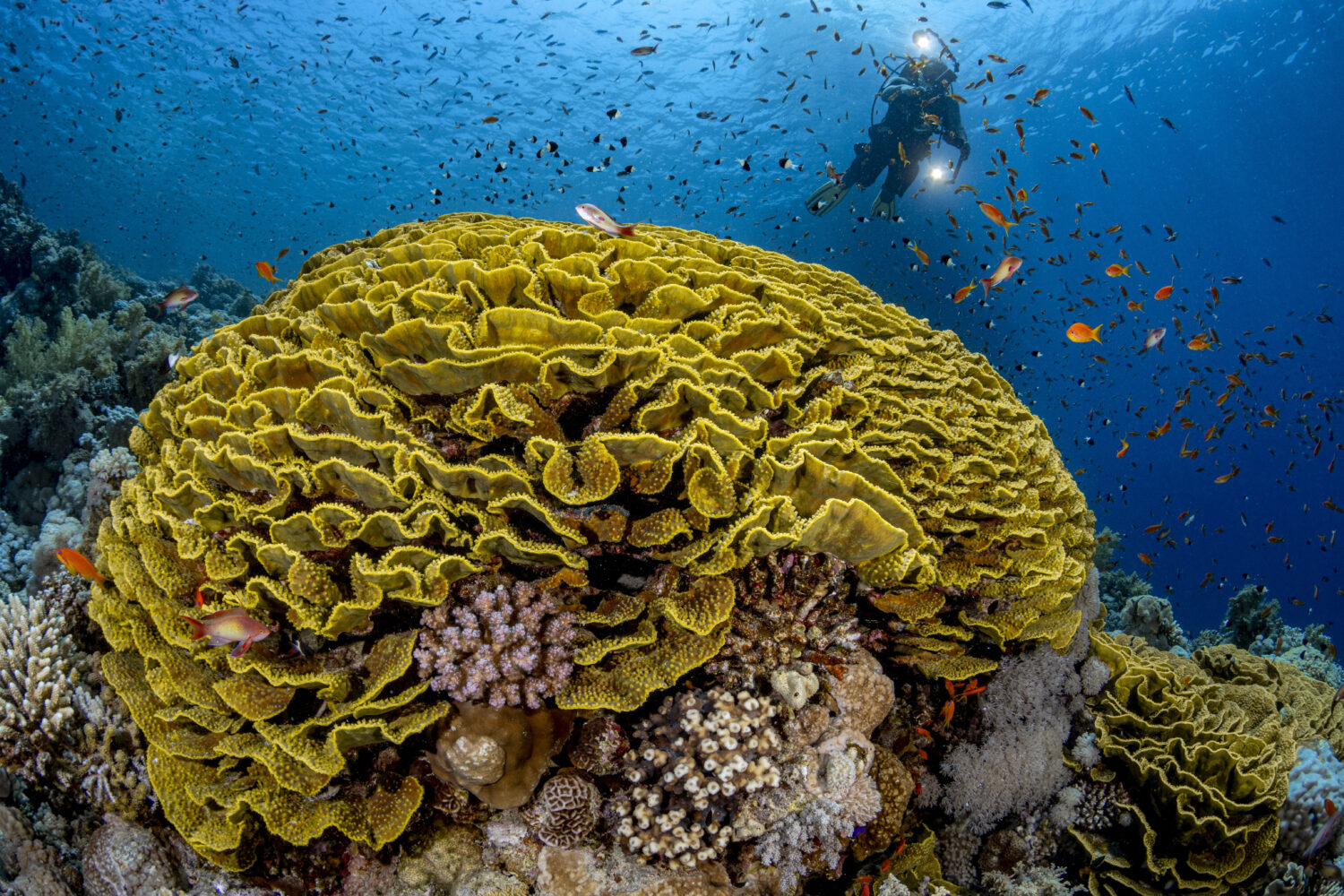
A marine protected area (MPA) is a clearly defined geographical space, recognised, dedicated and managed, through legal or other effective means, to achieve the long-term conservation of nature. Highly protected MPAs ban destructive activities such as industrial fishing but still allow people to use the area in ways that do not damage the environment.
MPAs are known by different names depending on the level of protection, and geographic and cultural contexts, including marine parks, marine conservation zones, marine reserves, marine sanctuaries, and no-take zones. What counts as an MPA is driven by national laws and global agreements. MPAs can be established from the open ocean to coastal areas and estuaries—where rivers meet the sea – and even extend to freshwater habitats such as lakes.
While MPAs may have different goals—such as conserving historic sites or promoting sustainable resource use—their primary goal is to safeguard marine habitats, along with the biodiversity and livelihoods they support.
To clarify and standardize definitions, The MPA Guide offers a science-based framework to categorize, plan, track, and evaluate marine protected areas (MPAs). This guide provides a systematic way to organize types of MPAs and connect them with the different social and ecological outcomes they are expected to achieve.
MPAS IN ACTION


Amorgorama: A Fisher-Led Movement to Revive a Greek Island
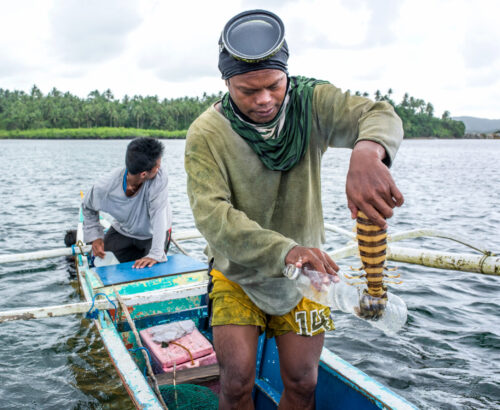
From Political Risk to Political Power: One Mayor’s Marine Vision in the Philippines
Photos by Sebastian Pena Lambarri, Renata Romeo / Ocean Image Bank, Manu San Félix / National Geographic Pristine Seas, Madison McClintock / National Geographic Pristine Seas, Jason Houston / Rare, Iñigo San Félix / National Geographic Pristine Seas, David Taljat, Enric Sala / National Geographic Pristine Seas

